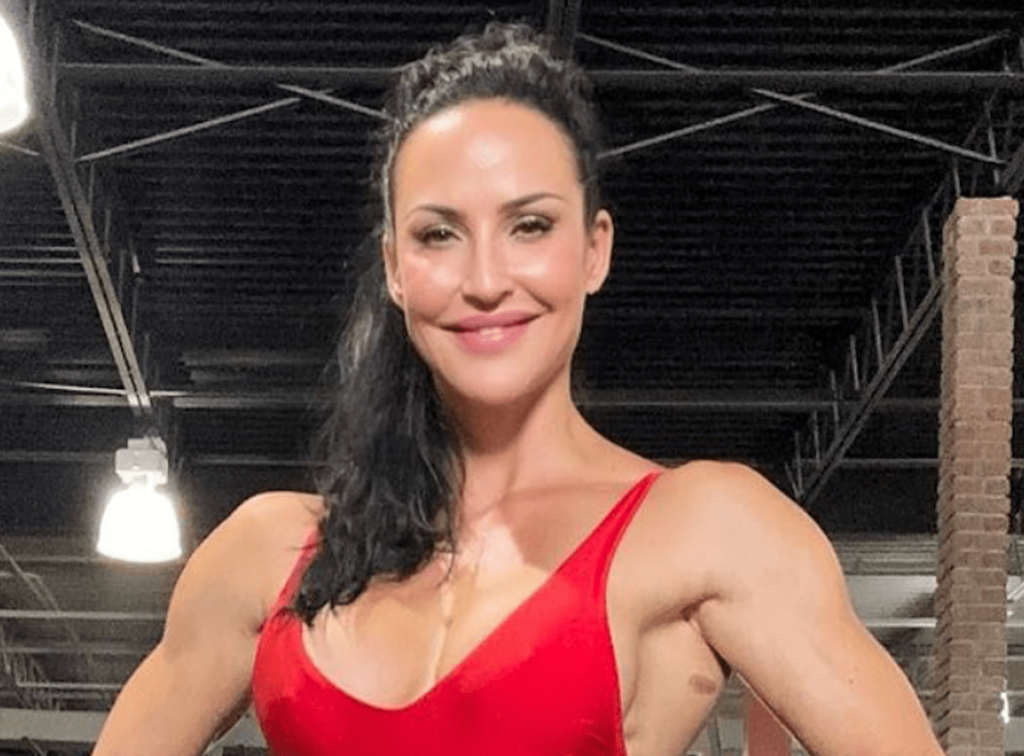Erin Stern is building her booty – in her workout gear. In a new social media post Ms. Figure Olympia shows off her fantastic figure while revealing an effective but simple exercise circuit. “3 moves to try for upper glutes 🔥🍑,” she captioned the post. The workout consists of weighted side lying clam raise, lateral lunges, and flute medius lift. How does she approach diet? Here is everything you need to know about her eating habits.
“There’s not a one-size-fits-all approach when it comes to meal planning. Generally speaking, most meal plans work when they are well balanced, moderate, and don’t cause feelings of deprivation,” Erin writes for Peak ATP about her diet. “When planning my meals, I tend to stick to a 40/40/20 ratio: 40% protein, 40% carbohydrate, and 20% fats.”
“Depending on my level of physical activity, I keep my calorie intake between 12 and 16 calories per pound of bodyweight,” Erin adds. “Considering this rough calculation, a 140 lb. woman would eat between 1,680 and 2,240 calories per day. Calorie intake would need to adjust upward based on increased activity levels and individual metabolism.” She also recommends keeping a food and workout journal, which “can be especially helpful in the beginning, making it easier to implement weekly tweaks to your plan,” she says.
“When I’m not training in the morning, I eat a combination of protein and good fats. An example of my breakfast is 4 egg whites, one whole egg, and half of an avocado. Research has shown that starting the day with protein and fats helps us utilize more fat for energy throughout the day,” Erin reveals.
“I tend to eat most of my carbohydrates around training times. About an hour and a half before training, I eat around 30 grams of carbohydrates, 30 grams of protein, and a small amount of fat,” Erin writes. “An example might be 4 ounces of chicken and half of a cup of brown rice. Then I have 30 to 40 grams of quick-digesting carbohydrate and 30 grams of protein after a workout. An example is an apple and a whey protein isolate shake.”
“The body is most anabolic post-workout,” Erin says. “This means that if you choose to eat extra calories it should be done within an hour or so of training. I recommend trying different macro combinations after training in order to see what your body responds best to.”
“Calorie intake, especially carbohydrate intake, can be increased on days when larger muscle groups are trained. Leg workouts, back workouts, and days with plenty of compound movements all qualify,” says Erin. “Personally, if I’m very hungry and choose to increase my calorie intake, I consume more protein. It’s very difficult for the body to convert protein to body fat. Protein also has a satiating effect meaning we tend to feel less hungry when we eat more protein. I also don’t weigh my proteins unless I’m two or less weeks out from a competition. This helps me eat according to how I feel at the time.”

